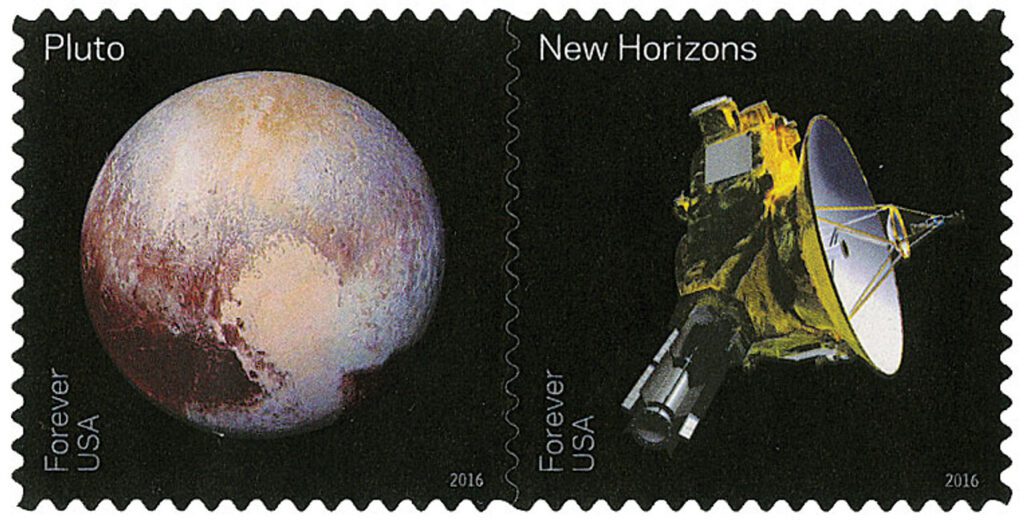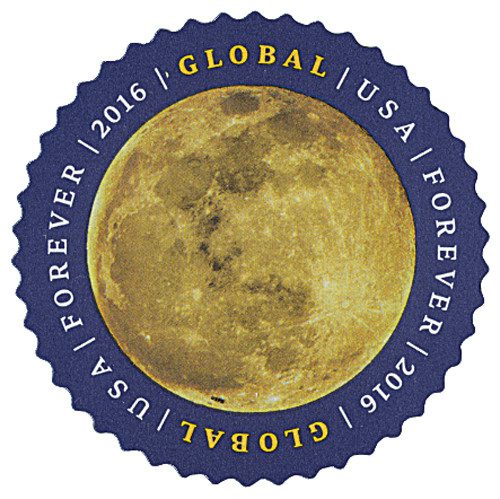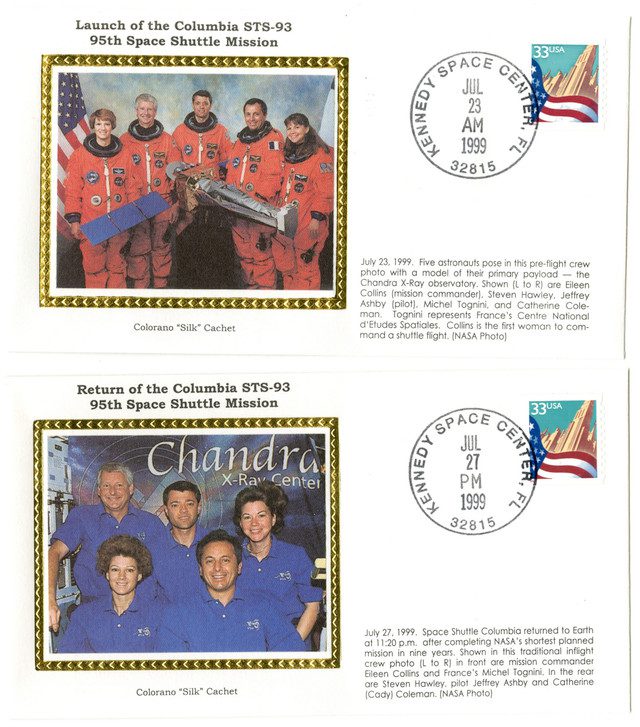On July 23, 1999, NASA launched the Chandra X-Ray Observatory to observe x-rays from outside the Earth’s radiation field. The mission was originally intended to last just five years, but Chandra is still orbiting the Earth and making discoveries today, more than 20 years after launch.
The Chandra X-Ray Observatory (called AXAF at that time) was originally proposed to NASA in 1976. It was developed to study x-rays from outside the Earth’s radiation field. It’s very hard to see x-rays from Earth-based telescopes. The telescope took over 20 years to build, and was redesigned in the 1990s. In 1998, NASA held a contest to name the telescope. More than 6,000 people around the world submitted suggestions. In the end, the telescope was named in honor of physicist Subrahmanyan Chandrasekhar, who won the Nobel Prize for his studies of neutron stars and black holes. Interestingly, Chandra is Sanskrit for moon.
Chandra was originally scheduled to launch in December 1998 but was delayed. It was finally launched on July 23, 1999, carried into space by the Space Shuttle Columbia during its STS-93 mission. Weighing 50,162 pounds, it was the heaviest payload the shuttle ever launched.

Originally, Chandra had a planned lifetime of five years, but those expectations were later raised to 10 years “based on the observatory’s outstanding results.” However, the telescope is still functioning fine more than 20 years after its launch. The observatory flies in an oval orbit around Earth, which at its furthest point takes it one-third of the way to the Moon. Chandra can detect x-rays 100 times fainter than any previous telescope.
Chandra has greatly advanced the field of X-ray astronomy. X-rays are a type of electromagnetic radiation (the field is really called X-radiation). Certain X-rays can “see” through hard objects. That’s why they’re used in the medical field to see into a human body – and why they’re useful in space to view things like black holes.
Chandra’s discoveries have given us more knowledge about black holes, which are some of the densest-known objects in the universe. Black holes are so dense that not even light can escape. The observatory also has taken images of “supernovas” – or stars exploding. A supernova can give off so much energy that it’s briefly brighter than an entire galaxy.

Chandra is one of NASA’s “Great Observatories” projects, along with the Hubble Space Telescope, the Compton Gamma Ray Observatory, and the Spitzer Space Telescope. Of the four, Compton and Spitzer are no longer working.
Click here for Chandra photos, videos, discoveries and more on the NASA website.
| FREE printable This Day in History album pages Download a PDF of today’s article. Get a binder or other supplies to create your This Day in History album. |
Discover what else happened on This Day in History.




Great article
Really out of this world!!!
Great read!! Thanks again.